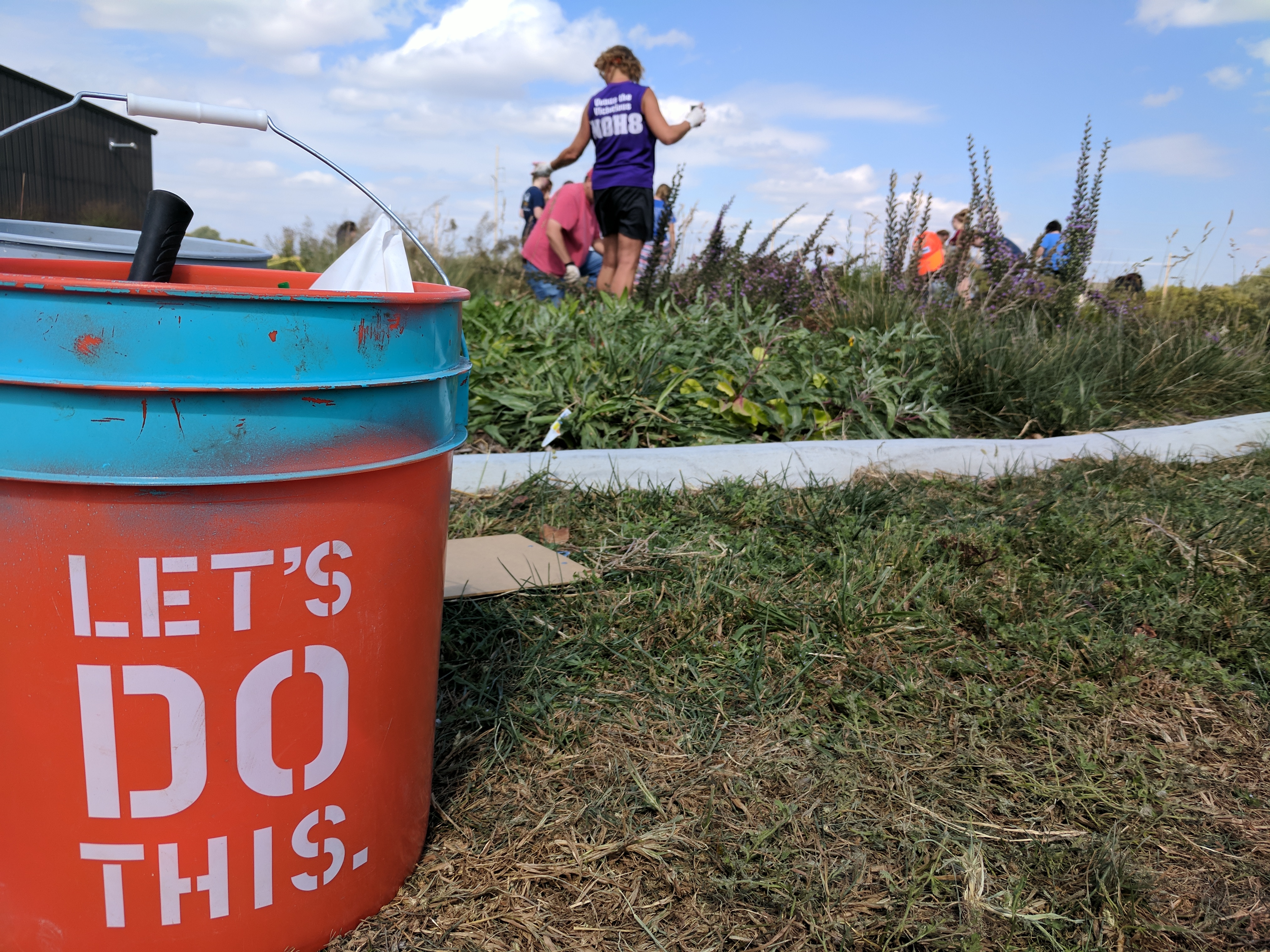
Spring is on its way. With its arrival communities’ plants will bloom, bringing vibrant colors and wildlife laid dormant through the cold winter months. Perhaps nothing is more uplifting than seeing flowers blooming to let you know the warm weather is on its way. Having a community garden filled with native plants uses less water, cleans air of pollutants and prevents runoffs.
Even with all the positive effects, starting a community garden can be difficult. The Greener Towns Plant Grants program offers a helping hand for communities looking for the knowledge and resources to create and sustain gardens lush with native plants. The Nebraska State Arboretum and Nebraska Forest Service are offering 10-12 Greener Town Plant Grants to support community landscape projects. This program delivers up to 500 plants per project. These plant grants match half the cost of plants, with a focus on native herbaceous perennials (flowers and grasses) in 2-3" pot sizes—small enough to be manageable by volunteers, but big enough to have an impact by the planting's third year.
Greener Towns Plant Grants have made a strong and visible contribution to the many communities they have assisted in the past. Communities that have become Greener Towns have added to their property values, seen higher energy savings, more opportunities for recreation, better well-being and cleaner air and water. Campuses of Central Community College in Hastings and Columbus have seen the impact the Greener Towns Grants can have on their community’s first-hand:
“It creates opportunities and more general education and awareness around native plants. That is something for everybody in the community, not just at the college,” said Benjamin Newton, Environmental Sustainability Director at Central Community College. “It's also led to more awareness in the communities, especially our parks and recreation departments.”
The process for applying and establishing the Plant Grants is simple and easy said Rachel Anderson, Nebraska Forest Service Community Landscape Specialist.
“We’ve received some really positive feedback.” said Anderson. “We’ve heard people have preferred it to other community landscape programs because there is much less paperwork.”
Projects can vary, but do need to be on property of civic importance that provides clear public benefit. Street right-of-ways, parks, schools, college campuses, civic buildings, recreation areas, neighborhood commons and cemeteries are all eligible. Applicants for a grant must represent a community group or organization. Recipients must also properly prepare the planting site, organize a group of volunteers to help plant and ensure the planting receives proper care for ten years or more.
Newton said having a community garden has brought many opportunites for outreach and education on Central Community College’s campuses. The college has utilized its gardens for community workshops, tours and events like the Pollinator Festival in Grand Island.
Applying for a Greener Towns Plant Grant takes no more than 15 minutes and are awarded on a first-come first-serve basis. The Nebraska Statewide Arboretum and Nebraska Forest Service will work with applicants to create a design and decide which native plants to bring depending on the location of the garden and the availability of plants.
If you or your community are interested in a Greener Towns Plant Grant, visit plantnebraska.org. Applicants may send any questions or a completed application by April 1st.